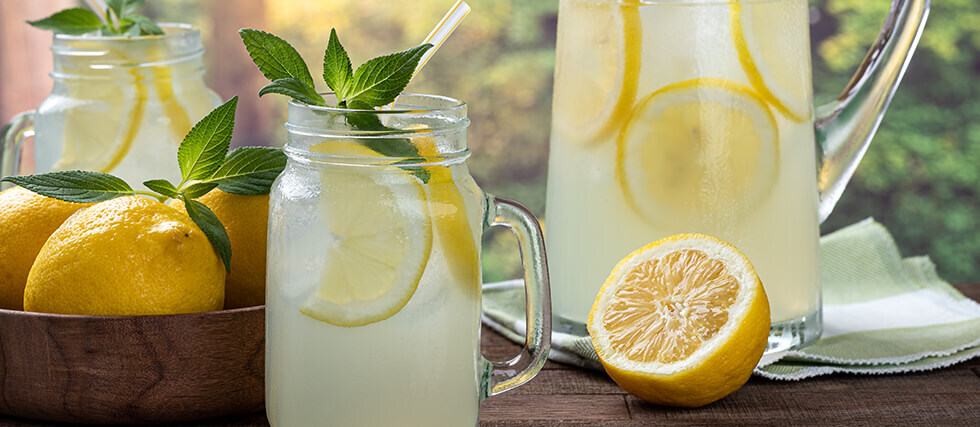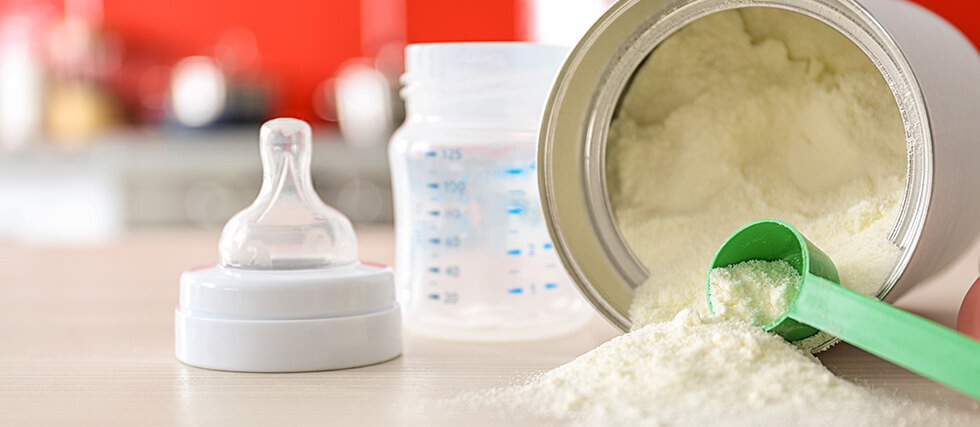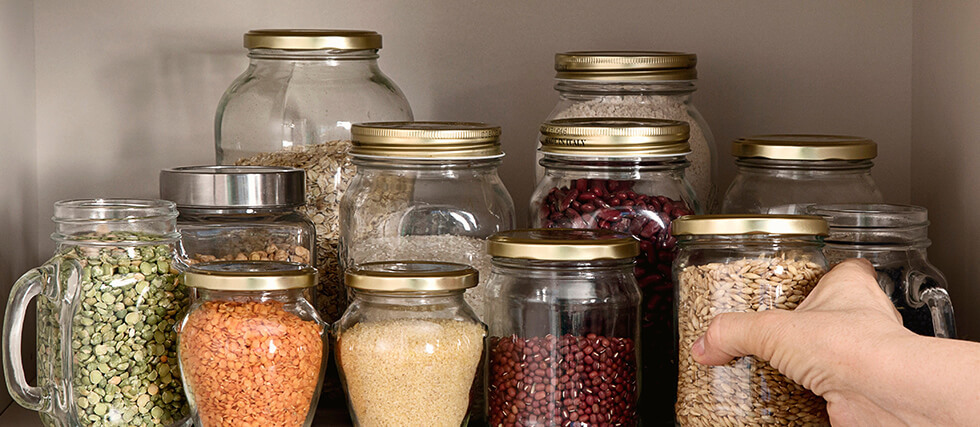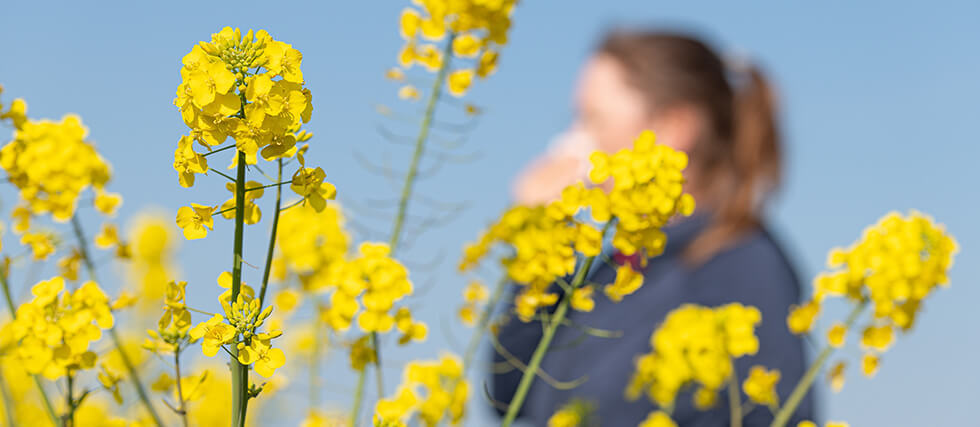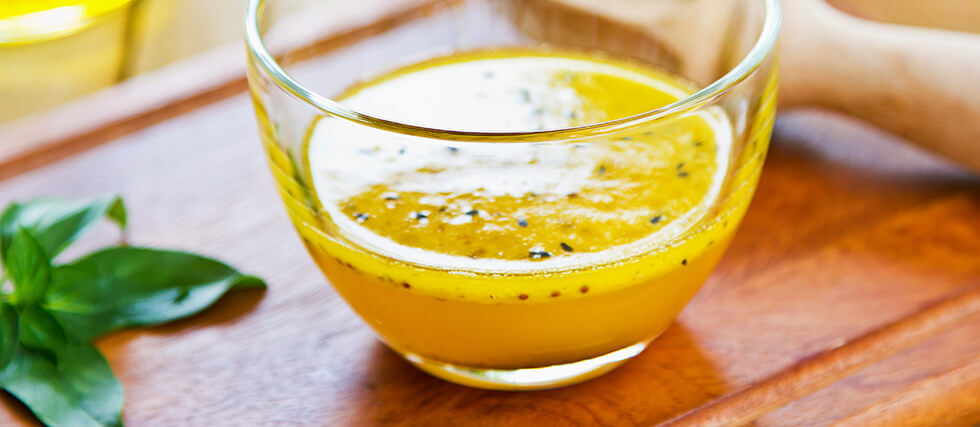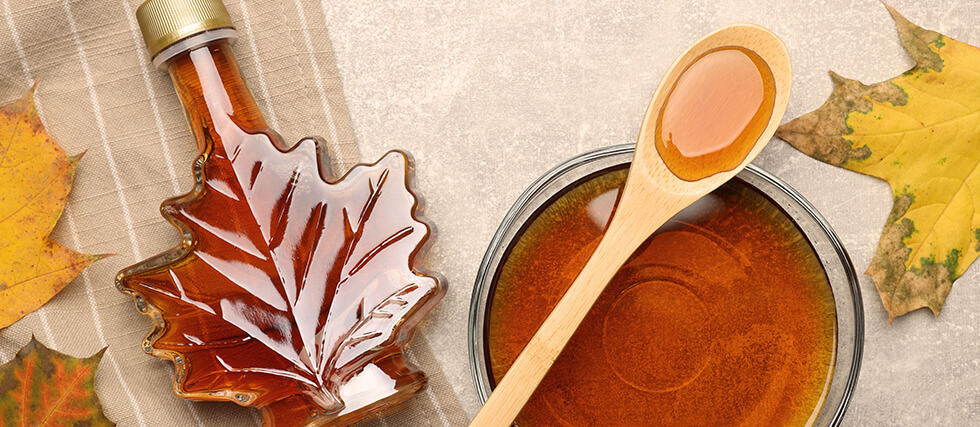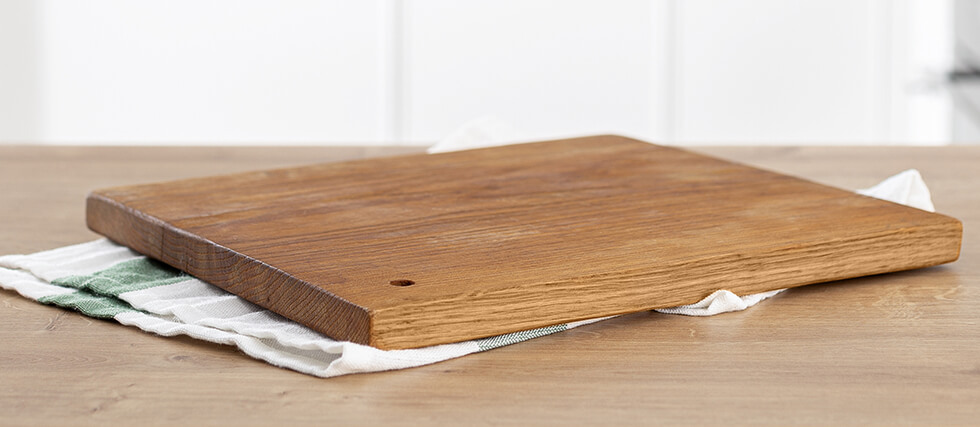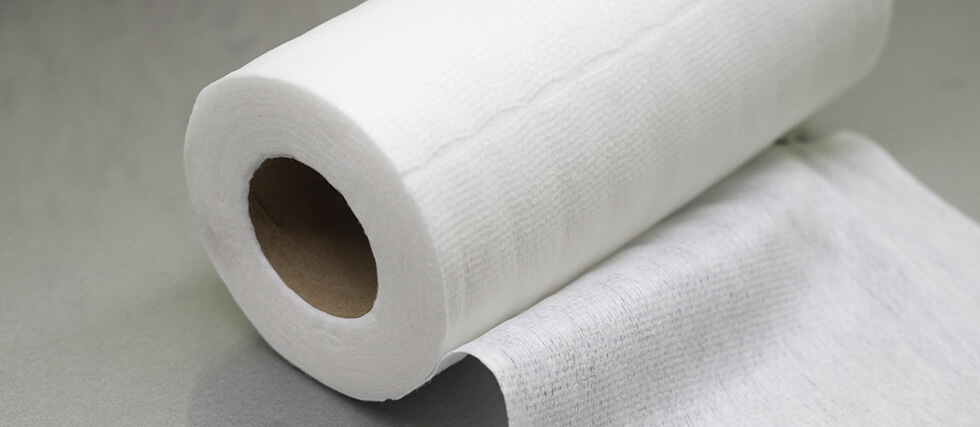Supercharged Lemonade: A Refreshing, Caffeine-Free Boost for Warm Days
When temperatures rise, few drinks satisfy quite like a cold glass of lemonade. But this summer, why not upgrade the classic recipe into something more functional and nourishing?
This Supercharged Lemonade is a refreshing twist that delivers more than just hydration. Made with anti-inflammatory ingredients like ginger and turmeric, and balanced with natural electrolytes, it’s a smart, energizing drink—without a drop of caffeine.
Lemons are packed with vitamin C, an antioxidant that supports immune function and skin health. Ginger offers digestive benefits and can reduce inflammation, while turmeric adds curcumin, known for its antioxidant and anti-inflammatory properties. A pinch of sea salt helps restore electrolytes, making this drink especially useful after exercise or extended time in the heat.
Ingredients:
- 1 cup freshly squeezed lemon juice (about 4–6 lemons)
- 1/2 cup raw honey or maple syrup (adjust to taste)
- 1 tablespoon grated fresh ginger
- 1/2 teaspoon ground turmeric or 1 teaspoon grated fresh turmeric
- 1/8 teaspoon cayenne pepper (optional)
- 5 cups cold water
- Pinch of sea salt
- Ice cubes
- Lemon slices and fresh mint for garnish (optional)
Instructions:
- In a small saucepan, combine 1 cup of water, ginger, turmeric, cayenne (if using), and sweetener. Simmer for 3–5 minutes. Strain and cool.
- In a large pitcher, mix the lemon juice, cooled spice mixture, remaining 4 cups of cold water, and sea salt. Stir well.
- Serve over ice with optional lemon slices and mint.
This lemonade is ideal for anyone looking for a natural, health-boosting refreshment without relying on caffeine or processed ingredients. Keep it in your fridge for a revitalizing drink all summer long.


